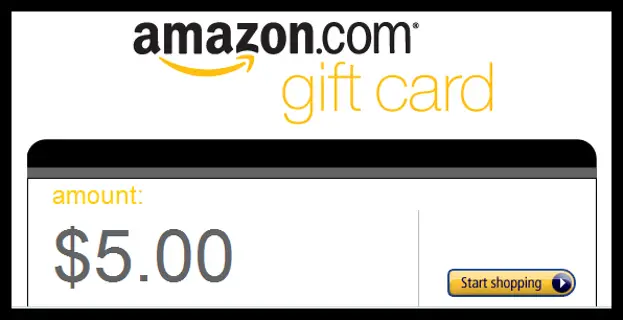


And even if the remainder of your spending wasn’t in categories that earn 2% cash back, you would still earn another $260 with the 1% cash back on other purchases. Here’s the math on this card: If you charge $3,000 a month like the typical Wall Street Journal reader does, and then you spend $10,000 at Amazon over the course of the year (or roughly $830 a month), you would earn $500 cash back in a year-just on Amazon purchases you’re already making. In addition, spending at restaurants, gas stations and drugstores earns 2% cash back and all other purchases earn 1% cash back. The big draw for heavy Amazon users is the unlimited 5% cash back rewards you get on Amazon purchases (as well as Whole Foods purchases, both in-store and online). The Amazon Prime Rewards Visa Signature card doesn’t charge an annual fee, but you do have to be a member of Amazon Prime, which currently costs $139 a year (or $14.99 a month.) If you run a balance, you also will pay between roughly $14 and $20 each month per $1,000 borrowed, depending on your APR. If, however, you’re not a die-hard Amazon or Whole Foods fan, you can easily find a card with a higher base rewards rate than the 1% this card offers, as well as cards that offer generous bonus rates (if not quite 5%) in certain spending categories, including groceries-and not just at Whole Foods. Annual fee: Must be Amazon Prime member (costs $139 a year).Sign-up bonus: $100 Amazon gift card for eligible Prime members.

Bonus rewards: 5% at and Whole Foods Market 2% back at restaurants, gas stations and drugstores.


 0 kommentar(er)
0 kommentar(er)
